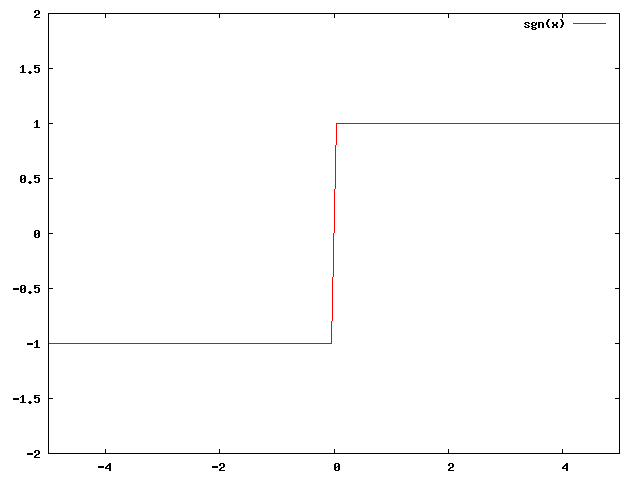

Contentsīy default, the thorns IOBasic and IOASCII produce xgraph output. Step by step you are then introduced to more advanced features of gnuplot.

Below you find an introduction to creating and viewing Cactus ASCII output files in the gnuplot format. Among those are the capability to choose which part(s) of the dataset to display, or to combine with other data. Although xgraph is the default output format, gnuplot offers many more features to the intermediate and expert user. Using gnuplot with CactusĪt the time of this writing, there are two supported client programmes available to display Cactus ASCII output graphically, namely xgraph and gnuplot. Since in many software distributions only an older version of gnuplot is included, we provide statically linked Linux executables of gnuplot 4.0.0 (with mouse support for rotating/scaling/zooming and pm3d support for drawing color/gray maps and surfaces). The SourceForge ftp server also contains development tarballs with source code and binaries of the most recent stable gnuplot version. The latest development source code version can be checked out on the SourceForge CVS page for gnuplot. Gnuplot development is managed by SourceForge. The gnuplot home page provides the latest official release, along with documentation, a FAQ list, and links to more information. It is available on a variety of platforms and architectures. for plotting to different types of terminals or for generating GIF, postscript, latex files.
Gnuplot help drivers#
A set of built-in terminal drivers support many different graphics devices, eg. It can plot functions and data points in both two- and three-dimensional plots in various formats (points, lines, surfaces, contours). Gnuplot is a command-driven interactive function plotting program. GnuPlot Gnuplot - Powerful Visualization Tool for 1D and 2D Data


 0 kommentar(er)
0 kommentar(er)
